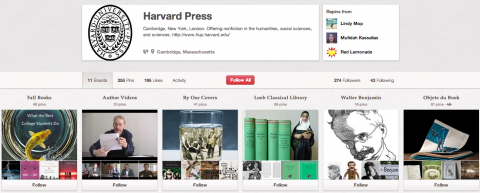You’ve no doubt heard of Johann Sebastian Bach’s The Well-Tempered Clavier. What’s more, you’ve no doubt heard it, even if you could swear you haven’t. (Need a refresher? Listen to Glenn Gould’s performance of it here.) If you’d like to gain much more familiarity with this deeply respected piece of music, but in small pieces of it at a time, keep an ear on The Well-Tweeted Clavier, going on now from the 92nd Street Y in NYC. Known to pull a cultural stunt every now and again, 92Y has a plan to tweet about a prelude and fugue of The Well-Tempered Clavier each and every day. They launched this project on September 14, and it should run for a total of 48 days. You can see these tweets by following 92Y on Twitter, or simply by checking the hashtag #WTClavier. “The Well-Tempered Clavier can be played on any keyboard,” 92Y Tweeted on October 3. “Truth in advertising?’ That day, they posted three videos associated with Prelude and Fugue No. 20 in A minor, BWV 865: a two-part performance and a short talk from pianist and conductor András Schiff.
At the end of this month, Schiff, famously a booster of Bach’s work, opens the New York component of his program The Bach Project, an effort that will, all told, include the San Francisco Symphony, Los Angeles Philharmonic, New York Philharmonic, 92nd Street Y, Carnegie Hall and Great Performers at Lincoln Center. “To me, Bach’s music is not black and white; it’s full of colours,” Schiff writes in his essay “Without the Pedal But With Plenty of Colors.” “In my imagination, each tonality corresponds to a colour. The Well-Tempered Clavier, with its 24 preludes and fugues in all the major and minor keys, provides an ideal opportunity for this fanciful fantasy.” You can explore these colors on 92Y’s main Well-Tweeted Clavier page, which actually color-codes all the preludes and fugues thus far tweeted so you can experience them as chromatically as Schiff does. “Of course, this is a very personal interpretation, and each of you may have a different opinion,” he adds. “Nevertheless, if some of us happen to believe that music is more than just a series of notes and sounds, then a little bit of fantasy is welcome.”
Related content:
The Open Goldberg Variations: J.S. Bach’s Masterpiece Free to Download
A Big Bach Download: The Complete Organ Works for Free
How a Bach Canon Works. Brilliant.
A Young Glenn Gould Plays Bach
Colin Marshall hosts and produces Notebook on Cities and Culture. Follow him on Twitter at @colinmarshall.


